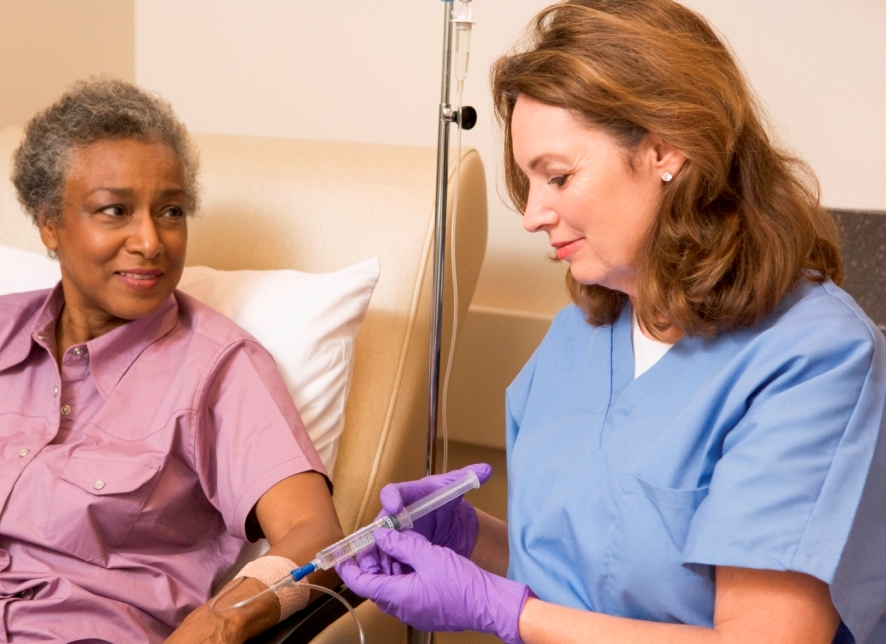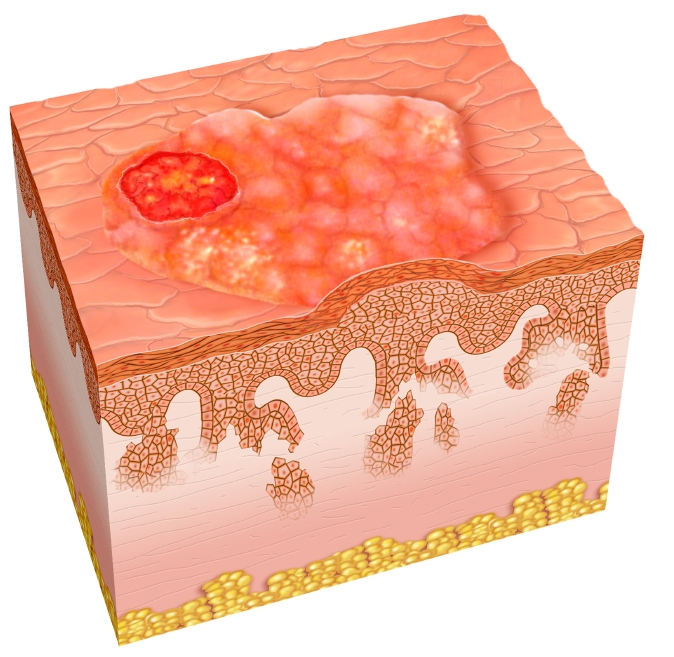7 Ways to Tell If a Mole Is Cancerous
As a preventive measure against developing melanoma—the deadliest form of skin cancer—you should pay close attention to your skin. In particular, if you have a mole—or something on your skin that may resemble a mole—you should make note of the following characteristics. If you notice any changes, be sure to report them to your doctor .
The sun can make moles darker, but a drastic change in color may be a reason for concern. You should also take notice if a mole is inconsistent in color, such as black in the middle with pink around the outside.
Moles are usually symmetrical so if you notice any kind of changes—such as growth in size or if it becomes asymmetrical—you should talk to your doctor.
Moles are usually either circular or ovular. Cancerous moles tend to have irregular borders and a relatively ragged shape.
Moles typically don’t result in any pain. One sign of melanoma, however, is a mole that is bleeding, oozing, itching or tender to the touch.
Moles can develop at any age and the appearance of a new one isn't always reason to worry. But pay attention to any new spots on your skin and check with your dermatologist if a new spot doesn’t fit the mole guidelines.
If you have a sore on your skin that won’t heal, even after cleaning and treating it, you should talk to your doctor. Sores that don’t heal may be a sign of cancer or a sign that you’re at high risk of cancer.
Moles usually feel smooth in texture. If your mole turns rough, scaly, crusty or develops a scab, it may potentially be cancerous, and you should talk with your doctor as soon as possible.
http://www.healthcentral.com/skin-cancer/cf/slideshows/7-ways-tell-if-mole-cancerous






